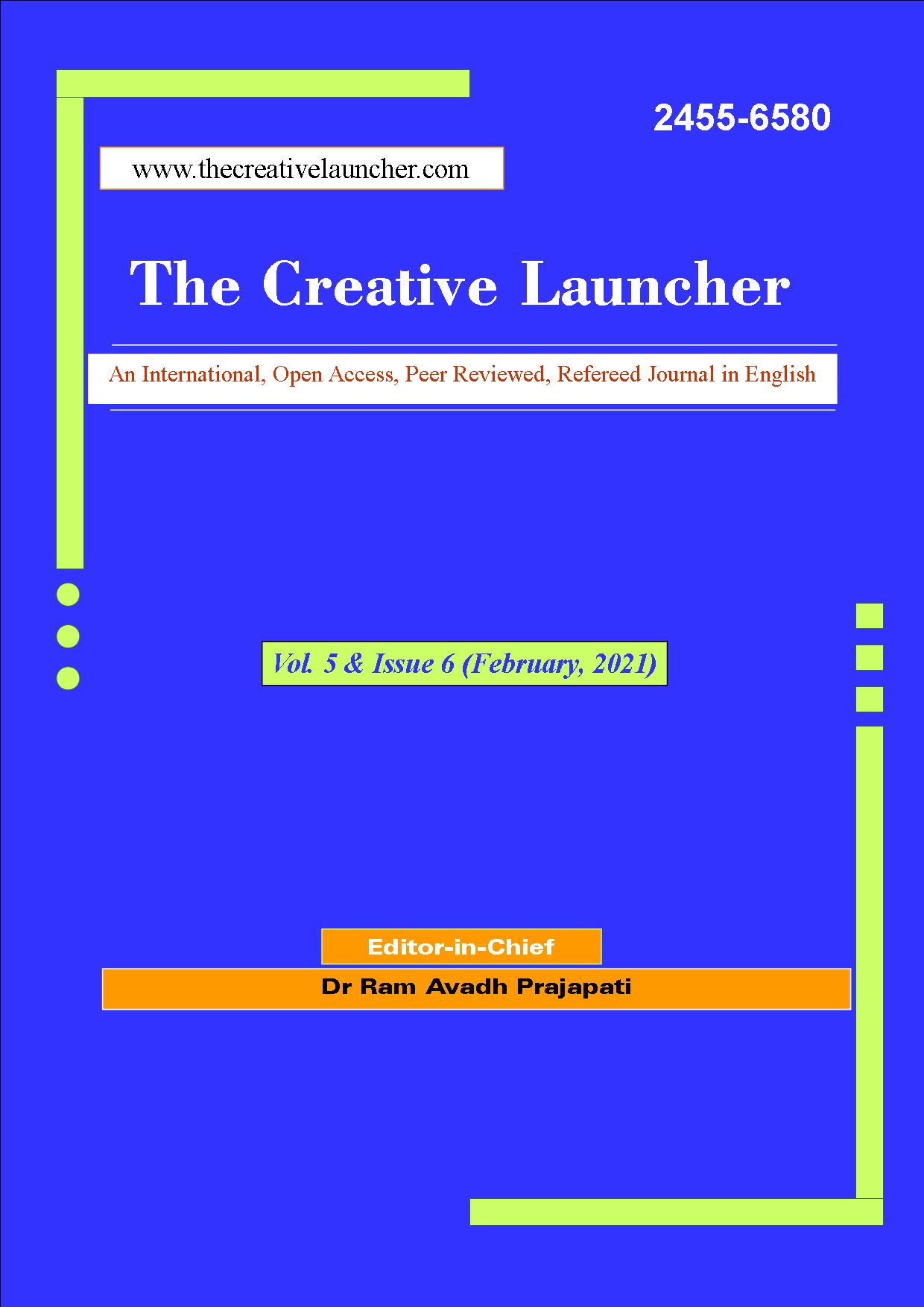Redefining the Sexual Orientations in Hanif Kureishi’s The Buddha of Suburbia
DOI:
https://doi.org/10.53032/TCL.2021.5.6.19Keywords:
Gender, Sexuality, Queer theory, Father-son relationshipAbstract
The paper will study Kureishi's treatment of gender and sexuality from the perspective of his character's sexual orientation. I will examine his first novel, The Buddha of Suburbia, to find out the sexual orientations of his characters. Kureishi's body of work has touched upon nearly every aspect of sexuality in his novels. He has gone very deep to portray his character's sexual orientation without any restriction. He uses his writing ability to put such critical themes of sexuality like homosexuality, bisexuality, lesbianism into his novels. Kureishi has experimented with his character's deep sexual idiosyncrasies like orgies and infidelity in their sexual relations. His protagonists get their sexual identities after going through many social, political, and cultural upheavals.
Downloads
References
De Beauvoir, Simone. The Second Sex (Le Deuxieme Sexe). 1949. Trans. Constance Borde and Sheila Malovany-Chevallier. Vintage, 2011.
Buchanan, Bradley, Hanif Kureishi. Palgrave McMillan, 2007. DOI: https://doi.org/10.1007/978-0-230-21024-0
Tolan, Fiona. “Feminisms”. Literary Theory and Criticism. Ed. Patricia Waugh. Oxford University Press, 2006. 199-202.
Butler, Judith. Bodies that Matter. Routledge, 1993.
Hanif Kureishi, The Buddha of Suburbia. Faber and Faber, 1999.
(All subsequent references from the text have been taken from the same edition.)
Downloads
Published
How to Cite
Issue
Section
License

This work is licensed under a Creative Commons Attribution-NonCommercial-NoDerivatives 4.0 International License.














